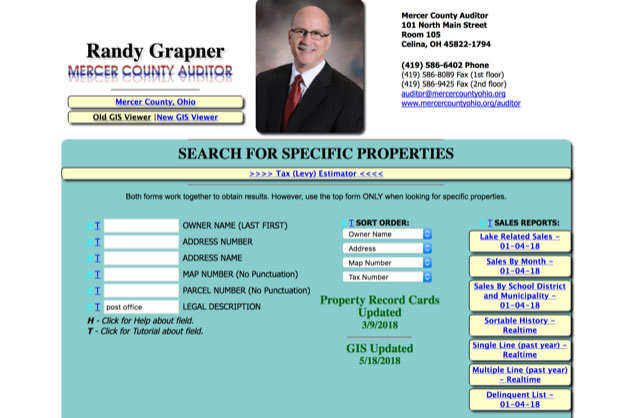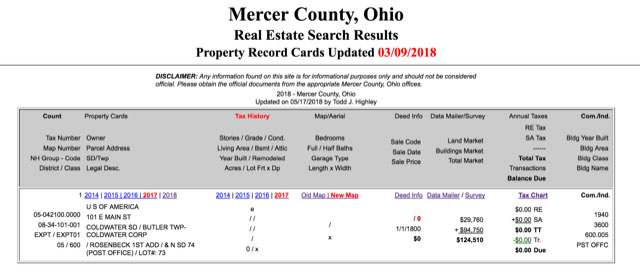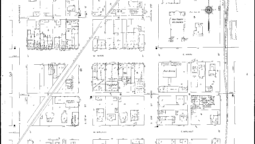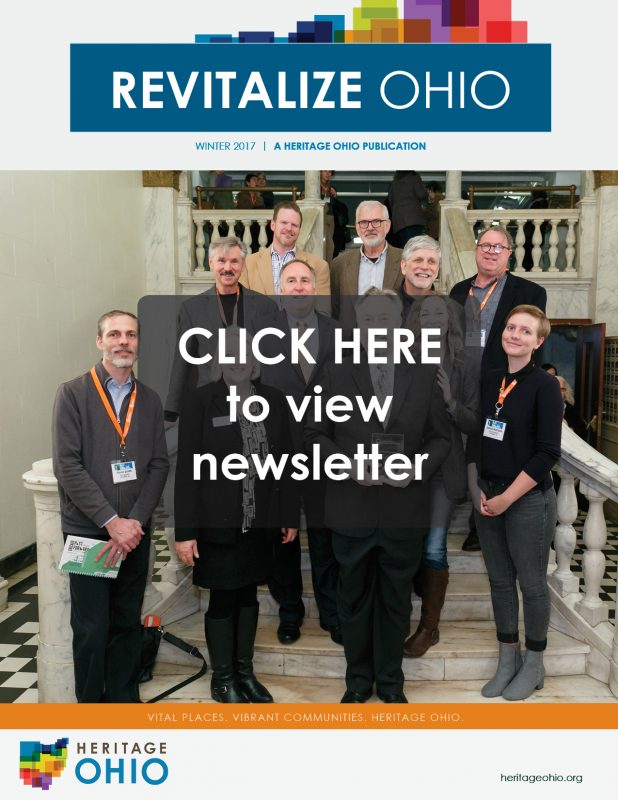County Auditor: How to make an application to the National Register of Historic Places
According to Wikipedia: The term county auditor is applied as a descriptor, and sometimes as a title, for the fiscal officer in county government with oversight responsibility of all financial books and records of all county offices
It’s very likely that the county auditor is going to have useful information about your chosen building. Different counties are organised differently and the variation between their websites and their usability are vastly different. I struggled with the Mercer County interface but I received wonderful guidance and patient help from the staff at my local library who have more experience with this than me.
We selected a ‘parcel search’ to find the plot of land. Searching by user name did not work because the obvious variations we tried of ‘post office’ all failed. Next we tried address number and address name: 101 East Main Street. Apparently, this is not usual because of all the possible abbreviations that can be used. East shortened to E. Street shortened to St. We didn’t have a Map number or a Parcel number. Next we tried Legal Description. We typed in post office and finally an entry appeared.
When we clicked on the link for the current year, this wonderful ‘property record card’ appeared.
We tried the other links but they were all either broken, missing or irrelevant.
County Auditor: How to make an application to the National Register of Historic Places
![]()
Step 2: How to make an application to the National Register of Historic Places
- In what county is Coldwater Post Office located? Google is a great help with this – Mercer County.
- What’s the property’s address? Again, Google has this information: Address: 101 E Main St, Coldwater, OH 45828
- What is the name and address of the owner? The structure of the United States Postal Service means that this Post Office is a federally owned building. Some Post Offices are leased but not this one.
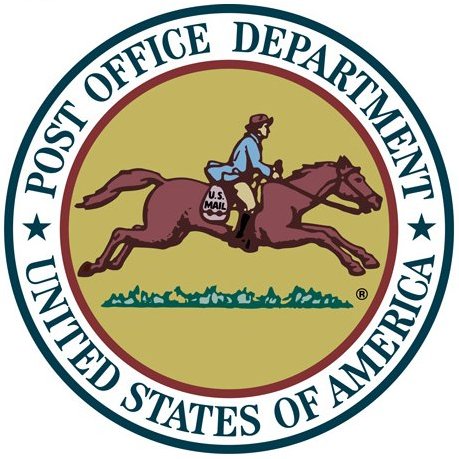
- If you’re not the owner, have you been in contact with the owner? The USPS can help us with this too. They have a Post Master finder that will look up post masters by city. Frustratingly, for a time we had a name but no contact details. The telephone number given is a generic USPS number and won’t get through to the Coldwater Post Office. We did find another post office website that gave the Post Master’s email address and contact telephone number. This did the trick.
Diane M. Sekas Postmaster 03/23/2013 - Briefly describe the structures. This was an intimidating request because my background in architectural terms is very informal. Using the photographs that we found online, I was able to try and describe what I saw. This will be an area that I need to improve on when it comes to the actual National Register Application.
- Draw the floor plan. I was able to find a floor plan by going to the Mercer county auditor’s website. The county auditor can provide a wealth of fascinating information for your National Register Application. There is so much to say about this that i will devote the next blog post to that subject alone.
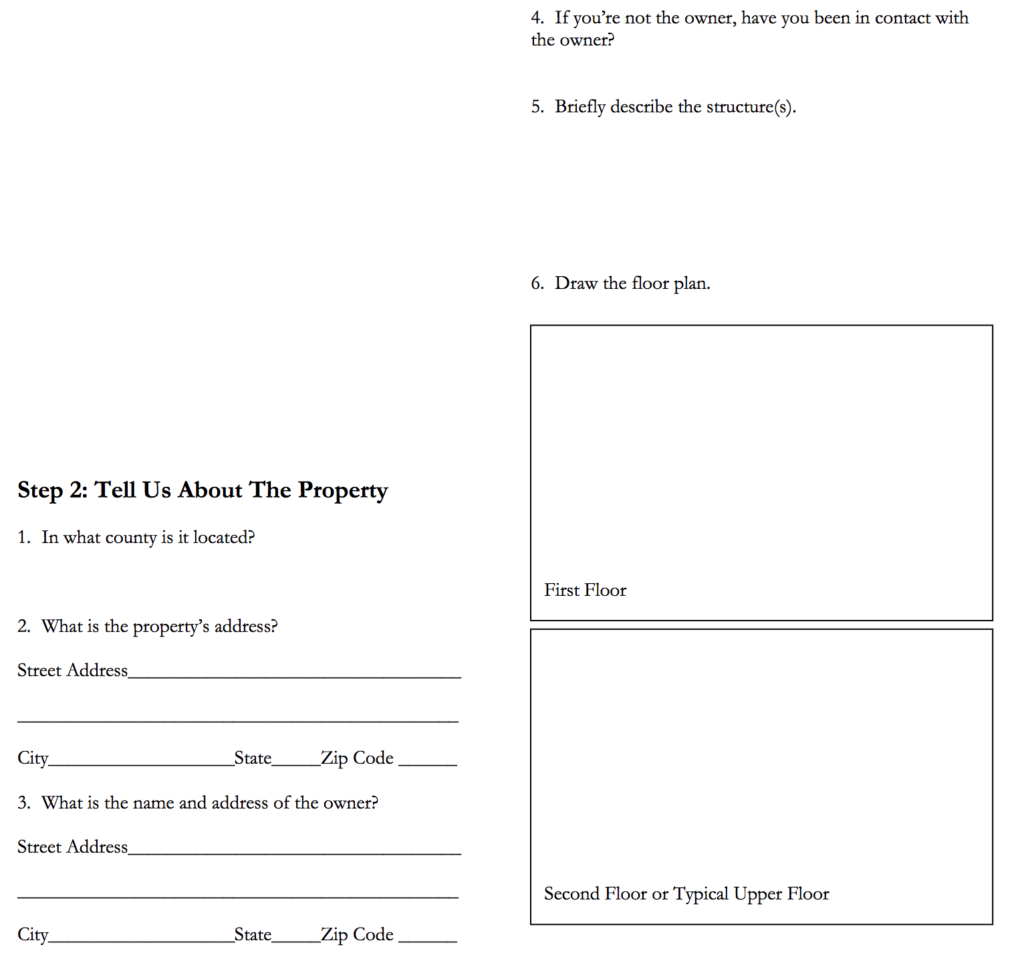
Step 2: How make an application to the National Register of Historic Places
![]()
Step 1: How to make an application to the National Register of Historic Places
We have chosen the Post Office in Coldwater, Ohio as the place we would like to register, now we can begin to fill out the preliminary questionnaire from the Ohio Historic Preservation Office. The Post Office is only one building, so we need to select the individual property and not a district submission.
The National Register has a glossary of terms. It defines the word district this way: District—a significant concentration, linkage, or continuity of sites, buildings, structures, or objects united historically or aesthetically by plan or physical development.
Step 1 involves answering some basic questions to check if the building qualifies on a basic level.
- Yes the Post Office is at least 50 years old – Sanborn maps confirm this (see map below)
- Yes it still has historical integrity – we can check this from photographs found online
[Integrity – authenticity of a property’s historic identity, evidenced by the survival of physical characteristics that existed during the property’s historic period. ] - Yes, we believe that it has local, state and national history because of it’s connection with the African American architects, Samuel Plato and William Wilson Cooke
Expert tip – When researching Historic Places, Sanborn Fire Insurance maps can be a source of lots of useful information.
https://www.heritageohio.org/blog/2014/06/11/geek/
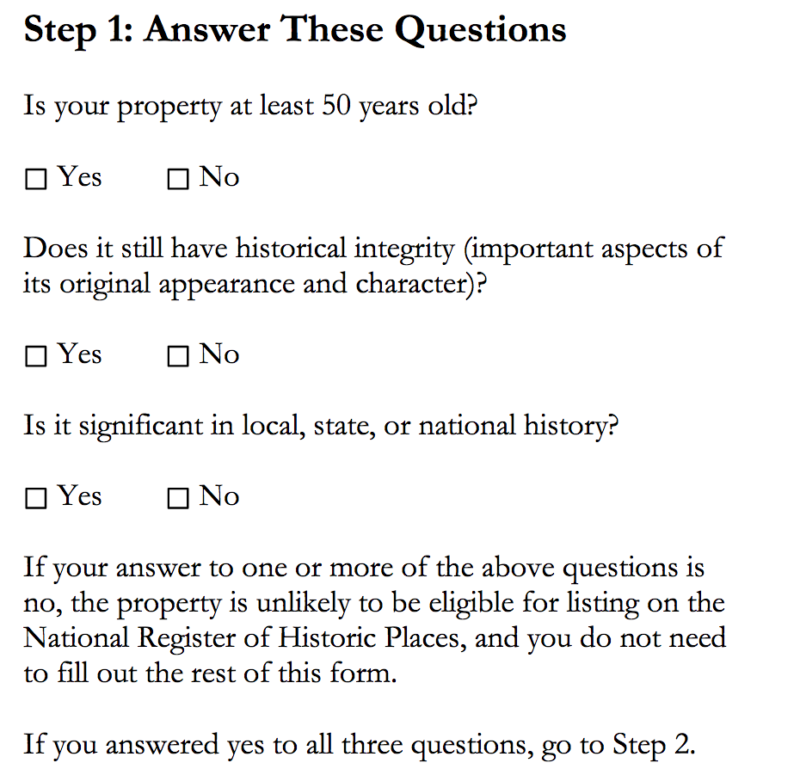
click on the thumbnail above to see the full size map of Coldwater, including the Post Office, from 1943
![]()
Why Coldwater? How to make an application to the National Register of Historic Places
Having recently completed a study of Historic Theaters in Ohio, I was fascinated to learn that the Pythian Temple in Columbus was built, in 1925, by Samuel Plato, an African American architect. This seemed like a wonderful achievement considering that even today, African American architects only account for 2% of the people in that field.
The National Council of Architectural Registration Boards estimates as of the end of 2013 that there are 105,847 licensed architects in the United States. Of these, 2,006, or about 2%, are self-identified as African American, and listed in the Directory of African American Architects; only 343 of these are African American women. – Wikipedia
African American involvement in buildings throughout Ohio deserves to be recognised and celebrated. I began to look for other places with connections to Plato. There is a wonderful resource for this information at The Filson Historical Society that consists of .33 cubic feet of personal and professional papers and approximately 600 photographs.
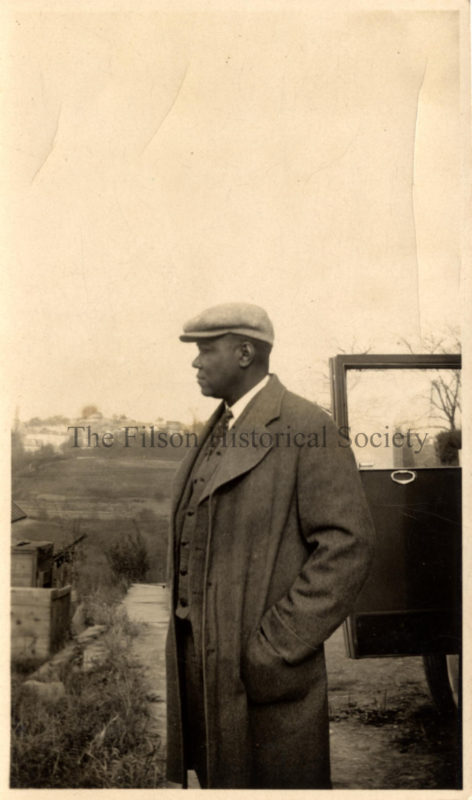
Plato was an African American pioneer in the field of architecture. He was the first African American to receive a government contract to build a post office. He designed thirty-eight post offices in his career as well as churches, schools, banks, theaters, and housing. – James J. Holmberg for the Filson Historical Society | February 28th, 2012
It didn’t take long to find his name in connection to the Post Office in Coldwater, Ohio. Newspaper articles from this archive confirm that Plato was awarded a contract for the building.
During Jim Crow segregation in the first half of twentieth century, Plato broke racial barriers and achieved success in white-dominated architectural field. He promoted black workforce through professional organizations, integrated black and white workers on his projects, won trade union membership for black craftsmen, and secured training and skilled jobs for blacks. He was one of few black architects to win federal contracts for post offices and housing. His work on federal housing earned praise from First Lady Eleanor Roosevelt, 1943. – Indiana Historical Marker
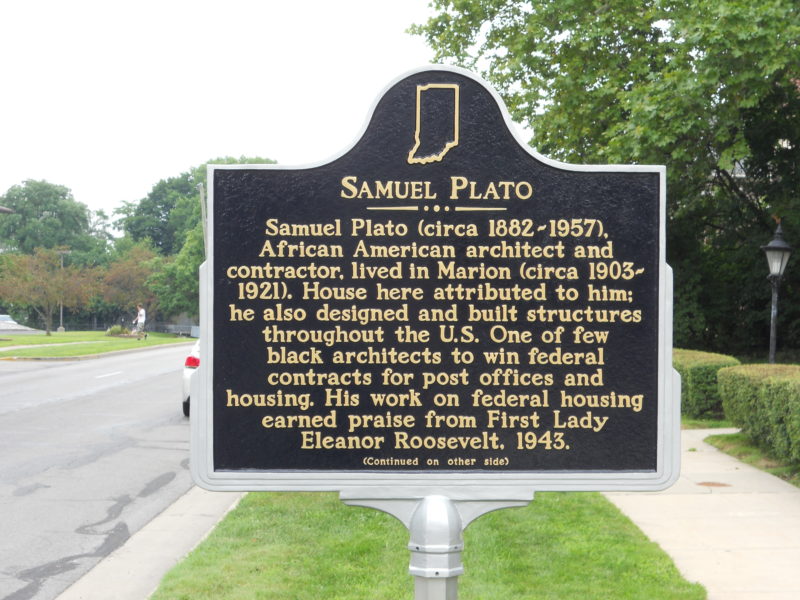
I am certain that we will discover other buildings in Ohio that are associated with this remarkable man but I thought that this small Post Office was a good place to start…
Why Coldwater? How make an application to the National Register of Historic Places
![]()
Revitalizing America’s Smaller Legacy Cities: Tools for Local Leaders Webinar
Wednesday, June 20th – 1:00 pm – 2:00 pm
Smaller legacy cities – older industrial communities with about 30,000 to 200,000 residents – are undergoing significant transformations as they adapt to twenty-first-century economic realities. Revitalizing America’s Smaller Legacy Cities, a report from Greater Ohio Policy Center and the Lincoln Institute of Land Policy, documents the unique challenges and opportunities facing these communities as they seek to revitalize and thrive. Eight strategies for small city urban revitalization emerged from that report, and this toolkit is meant to provide additional resources to practitioners working on the ground to implement them.
This webinar will prove useful for individuals in community organizations, local government, community lending, philanthropy or anyone else who is interested in urban revitalization in small legacy cities.
Speaker: John Collier
Manager of Research, Greater Ohio Policy Center
As Manager of Research for the Greater Ohio Policy Center, John provides support on research projects, contributes to policy development, and works with partners statewide. Since joining GOPC in 2016, John has provided data-driven research on a variety of GOPC’s core issues areas including brownfields, housing, and urban revitalization in small legacy cities. John is an Ohio native, born and raised in Toledo and a graduate of The Ohio State University where he obtained a Bachelor of Arts in Economics with a minor in City and Regional Planning.
This webinar is a benefit of Heritage Ohio membership, to become a member click HERE
Heritage Ohio Members, register for the webinar click HERE
![]()
A beginners’ guide: How to make an application to the National Register of Historic Places
The National Register of Historic Places is the official list of historic places in the United States worthy of preservation. Authorized by the National Historic Preservation Act of 1966, the register is administered by the National Park Service.
Through this program, the National Park Service coordinates and supports public and private efforts to identify, evaluate, and protect America’s historic and archeological resources. Although the National Park Service makes the final decision on what historic houses, buildings and other structures are added to the register, the application process nationwide begins with each state’s historic preservation office.
When someone in Ohio is aiming to get a property or district listed on the National Register of Historic Places, they’re asked to fill out a preliminary questionnaire prior to the comprehensive application.
Expert tip
“It gives us the ability to give (applicants) a fairly quick response and guidance before making the larger commitment to prepare a complete nomination,” said Barbara Powers, department head for inventory and registration at the Ohio Historic Preservation Office, a division of the Ohio History Connection.
The above was taken from an excellent article by Bill DeBus, The News-Herald – 07/08/16
This blog is intended to walk you through the process, step by step, of our application to get a small Post Office in Coldwater, Ohio, nominated. Here are some extra reasons why I am a total beginner at this: I’m British (so i don’t have a thorough knowledge of Amerian History) and i have a background as an art dealer / public art co-ordinator (so i only have a very basic knowledge of American Architectre)
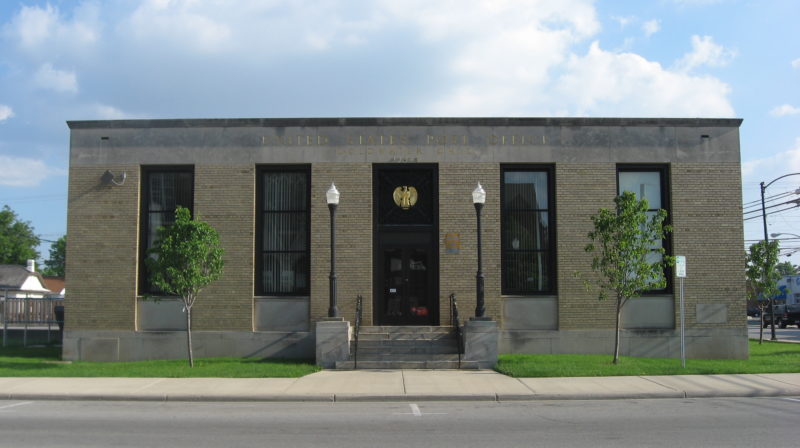
A beginners’s guide: How make an application to the National Register of Historic Places
![]()
2018 Quarterly Revitalization Series: Economic Vitality
June 6 in Delaware, Ohio
More details as they become available.
![]()
2018 Quarterly Revitalization Series: Design
April 18th in Marietta, Ohio
More details as they become available.
![]()
2018 Quarterly Revitalization Series: Promotion
Join Heritage Ohio in Kent, Ohio on February 15th for the first Revitalization Series workshop of 2018.
![]()
Del Monte Easement
341 South Third St,
Columbus, OH 43215
Last year at this time we were putting the finishing touches on an easement for the Del Monte Building in Columbus (no relation to the company supplying your bananas!) While many of our easements are taken on large commercial buildings in downtown areas, the Del Monte is a smaller example. Originally built as a six-unit apartment building in the early 1900s, the building served a need for living units as Columbus experienced a growth phase during the first quarter of the twentieth century.
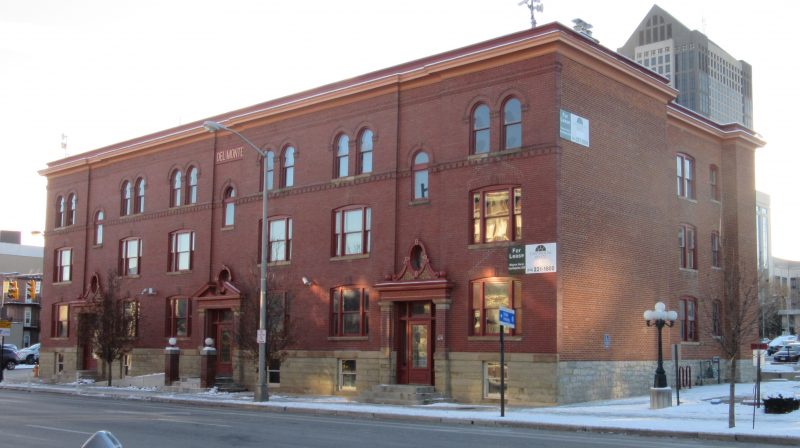
The Del Monte is a handsome three-story masonry building with a buff stone foundation and simple cornice. The building features numerous window openings, so even in the early 1900s, the units must have had a light and airy feeling.
Joyce Barrett commented on the positive impact of the easement: “Even modest downtown buildings can benefit from the owner placing an easement on the property, making this a win-win for the owner and for preservationists. In the case of the Del Monte Building, we’ve ensured that a historic building not under local design review will be preserved and enjoyed for generations to come. And the owner can receive a tax deduction for donating the easement.”
![]()


